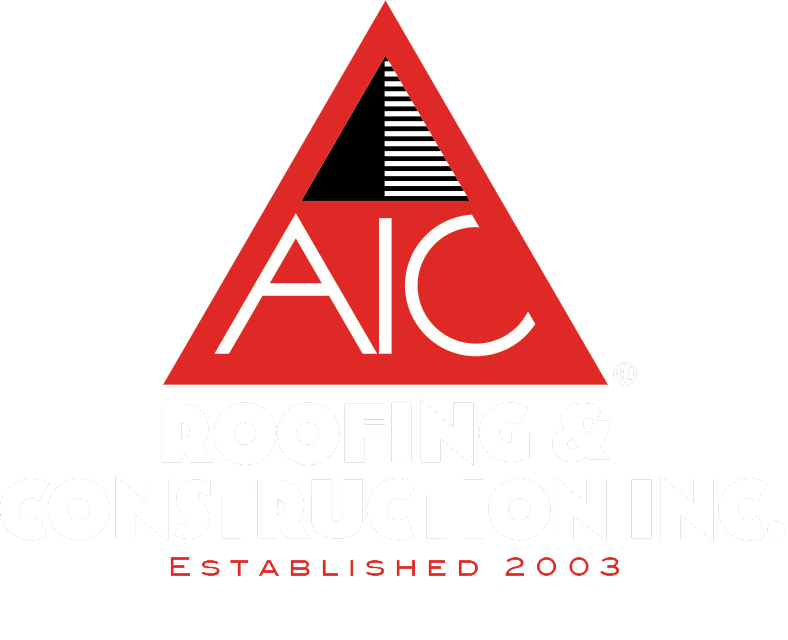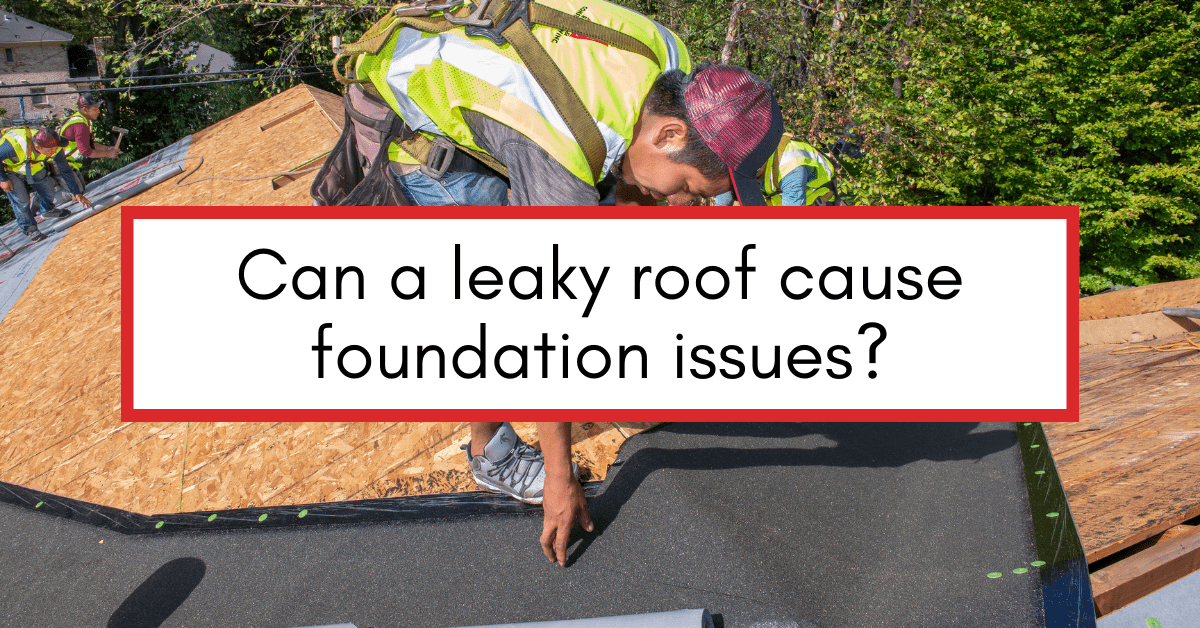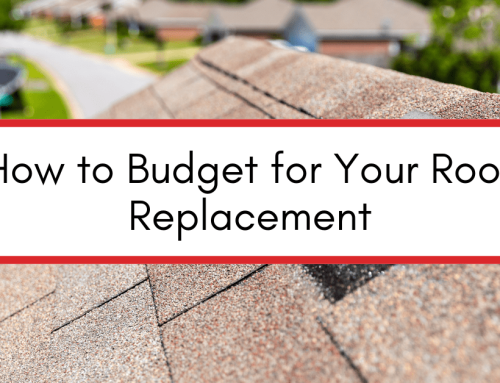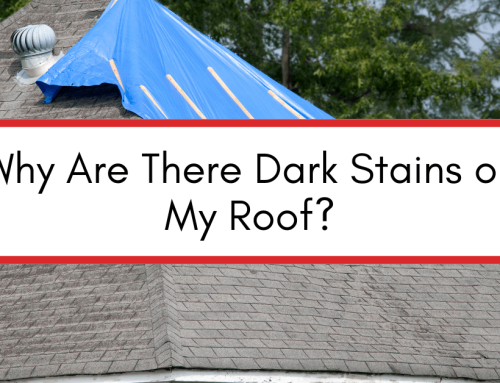A leaky roof may seem like a minor inconvenience, but it can actually lead to significant foundation issues if left untreated. If you suspect your roof may be leaking, it’s important to have your roof inspected immediately. If left untreated, roof leaks can cause mold, electrical problems and even foundation issues.
AIC Roofing & Construction has served the Central Kentucky community since 2003. We take great pride in providing affordable, quality roofing services and educating homeowners on roof maintenance practices. In this article, we will explore the role of water in structural damage, how leaks travel from the roof to the foundation and how to identify signs of a leaky roof.
Understanding the Connection Between a Leaky Roof and Foundation Issues
Water is a destructive force and the primary culprit in causing structural damage to a home’s foundation. When water consistently penetrates through a leaky roof, and is not properly displaced by your gutters, it can reach your home’s foundation, leading to a multitude of problems. The longer the water persists, the greater the risk of damage.
The Role of Water in Structural Damage
Water is relentless in its ability to cause harm. When it enters your home through a roof leak, it can saturate the structural elements of your home, such as wooden beams and concrete. This prolonged exposure to moisture weakens these materials, compromising the integrity of your home’s foundation over time.
Imagine a scenario where a small leak in your roof goes undetected for months. During this time, rainwater seeps through the roof and finds its way into the attic. As the water drips onto your roof deck and rafters, it slowly starts to soak into the porous wood, gradually weakening its structure.
If your gutters and roofing system are not functioning properly, water can easily seep into your concrete foundation, causing it to become damp and susceptible to cracks. Once the water reaches the foundation, it can accumulate in the soil surrounding the base of the house. This excess moisture puts pressure on the foundation walls, causing them to expand and contract, leading to cracks and structural instability. Additionally, the water can erode the soil, creating voids beneath the foundation, which can further compromise its stability.
The constant presence of water creates an ideal environment for mold and mildew to thrive. These microorganisms not only pose health risks to the occupants of the house but also contribute to the deterioration of the foundation. As they grow and spread, they release enzymes that break down organic materials, including the wooden beams and concrete, further compromising the structural integrity of your home.
This is why we recommend getting your roof inspected annually. Roof inspections are free, and ensure that small leaks are caught before they cause serious damage to your home.
Identifying Signs of a Leaky Roof
Knowing how to identify signs of a leaky roof is vital in preventing potential damage to your home’s foundation. Prompt detection and repair can save you from significant expenses down the road.
Indicators of Roof Leaks
While a roof leak can seem stressful, if caught in time, it typically only requires a simple repair. Being able to recognize the signs of a leaky roof is essential for maintaining the integrity of your property. Common signs of a roof leak include:
- Stains on the ceilings or walls
- Peeling paint or wallpaper
- Musty odors
- Visible water pooling
These signs often appear in areas directly beneath the source of the leak. It’s crucial to pay attention to any discoloration or dampness on your walls or ceilings, as they can be early warning signs of a leaky roof.
Another common indicator of a roof leak is missing or damaged shingles. Shingles play a vital role in protecting your roof from water damage. When they become cracked, loose, or completely missing, it creates an opportunity for water to seep through and infiltrate your home. Additionally, cracked flashing, which is the material used to seal gaps around chimneys, vents, and skylights, can also contribute to roof leaks.
Clogged or damaged gutters can also be a sign of a leaky roof. When gutters are filled with debris such as leaves, twigs, or dirt, they can become blocked, preventing water from flowing freely. This can lead to water overflowing and seeping into your home’s foundation, causing significant damage over time.
Potential Damage from Ignoring Roof Leaks
Ignoring roof leaks can have disastrous consequences for your home’s foundation. The longer water infiltrates your home, the more damage it can cause. One of the most significant risks is weakened support structures. When water continuously seeps into the wooden components of your roof, it can lead to rotting and deterioration, compromising the structural integrity of your home.
As we’ve mentioned, mold and mildew growth is another consequence of ignoring roof leaks. Excess moisture provides the perfect breeding ground for these harmful fungi. Not only can mold and mildew cause health issues for you and your family, but they can also damage your home’s interior, including walls, ceilings, and even furniture.
Compromised insulation is yet another problem that can arise from ignoring roof leaks. When water seeps into your home’s insulation, it can reduce its effectiveness, leading to higher energy bills and decreased comfort in your living space.
Electrical hazards are also a concern when it comes to roof leaks. If water makes its way into your electrical system, it can pose a serious risk of electrical shock or even fire. It’s crucial to address roof leaks promptly to avoid any potential electrical dangers.
Early detection and repair are crucial to preventing further foundation issues caused by roof leaks. By paying attention to the common indicators mentioned above and taking immediate action, you can protect your home from extensive damage and ensure the safety and well-being of your family.
The Impact of a Leaky Roof on Your Home’s Foundation
A leaky roof can have immediate and long-term effects on your home. Understanding these impacts is essential for homeowners looking to protect their most significant investment.
When it comes to the immediate effects, water seeping into the foundation can wreak havoc on the structural integrity of your home. The constant exposure to moisture can lead to cracks forming in the foundation walls, creating pathways for water to infiltrate further. As the water continues to seep in, it can cause the soil beneath the foundation to become saturated, leading to uneven settling. This uneven settling can result in an unstable foundation, causing doors and windows to become misaligned and creating noticeable cracks in the walls.
But the damage doesn’t stop there. Over time, the continuous presence of water can lead to the degradation of building materials. The moisture can cause wooden beams to rot, compromising their strength and stability. Additionally, the excessive moisture can create a favorable environment for pests such as termites and carpenter ants, who thrive in damp conditions. These pests can further accelerate the deterioration of the foundation, as they burrow through the weakened wood, causing even more damage.
Preventing further damage to your foundation starts with addressing the root cause – repairing your leaky roof. By fixing the source of the problem, you can prevent any additional water from infiltrating your home’s foundation. However, it’s not enough to stop at the roof repair. It’s crucial to inspect your home’s foundation for any existing issues that may have already been caused by the leaky roof.
One important step in protecting your foundation is ensuring proper drainage around your property. Poor drainage can contribute to water accumulating near the foundation, increasing the risk of damage. Consider installing downspout extensions to direct water away from the foundation or creating a slope in your yard that encourages water to flow away from the house.
Another key aspect of foundation protection is keeping your gutters clean and free of debris. Clogged gutters can lead to water overflowing and spilling down the sides of your home, potentially seeping into the foundation. Regularly inspect and clean your gutters to ensure they are functioning properly and effectively channeling water away from your home.
In some cases, installing a sump pump can provide an extra layer of protection against water accumulation. A sump pump is designed to remove excess water from the basement or crawl space, preventing it from reaching the foundation. This can be particularly beneficial in areas prone to heavy rainfall or homes located in low-lying areas.
By taking these preventive measures and addressing any existing issues, you can safeguard your home’s foundation from the damaging effects of a leaky roof. Remember, protecting your foundation is not just about maintaining the structural integrity of your home but also preserving the value of your investment for years to come.
Repairing and Protecting Your Roof to Safeguard Your Foundation and Home
Repairing and protecting your roof is vital in safeguarding your home’s foundation. Taking proactive measures can go a long way in preventing potential problems.
Professional Roof Inspection and Maintenance
Regular roof inspections by a professional will help identify any weak spots or potential leaks before they become major issues. It’s recommended to have your roof inspected annually, especially after severe weather events.
DIY Tips for Roof Leak Prevention
While some roof repairs require professional assistance, there are steps homeowners can take to help prevent roof leaks. Keep your roof clear of debris, regularly clean your gutters, check for cracked or missing shingles, and maintain adequate attic ventilation. These simple maintenance tasks can go a long way in extending the life of your roof and protecting your foundation.
Next Steps
If you suspect you have a roof leak, damaged gutters or you want to schedule an annual inspection to ensure your roofing system is functioning properly, be sure to contact the experts at AIC Roofing & Construction.
AIC Roofing & Construction has replaced over 10,000 roofs during our 20 years serving the Central Kentucky area. We are a part of the top 2% of roofing contractors in North America to obtain the GAF MasterElite certification.
3-tab attics barns chimney choosing a contractor commercial cost curb appeal DIY estimate financing flashing flat roof GAF glossary gutter replacement gutters gutter size gutter system ice dams inspections insurance missing shingles roof design roofing materials roofing system roof leak roof maintenance roof materials roof repair roof replacement roof shapes roof types shingle ratings shingles siding siding materials siding replacement skylights storm damage underlayment ventilation warranty winter
